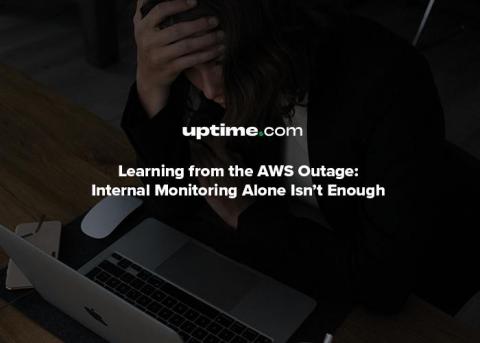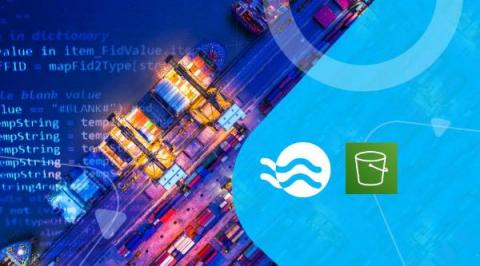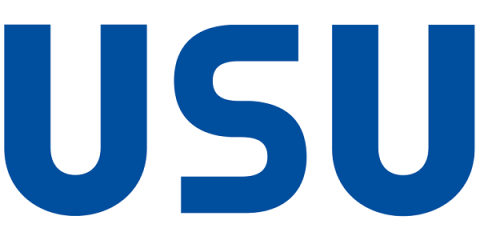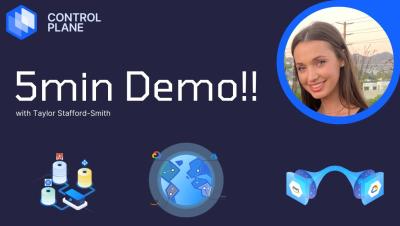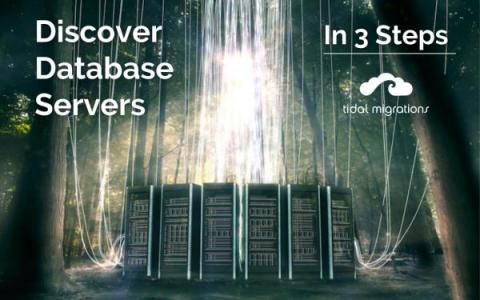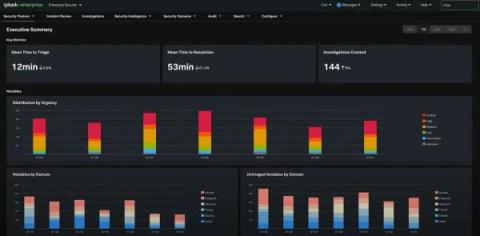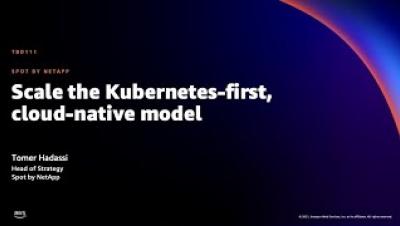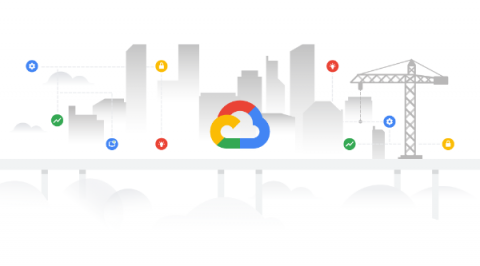Learning from the AWS Outage: Internal Monitoring Alone Isn't Enough
If you have set up your own monitoring services with Amazon CloudWatch, Azure Monitor or another internal tool, we suggest you consider looking beyond the horizon. These services often provide internal web monitoring only. Perhaps they validate HTTP availability from locations outside their networks, but HTTP checks won’t give you a 360º view into the state of your services.


